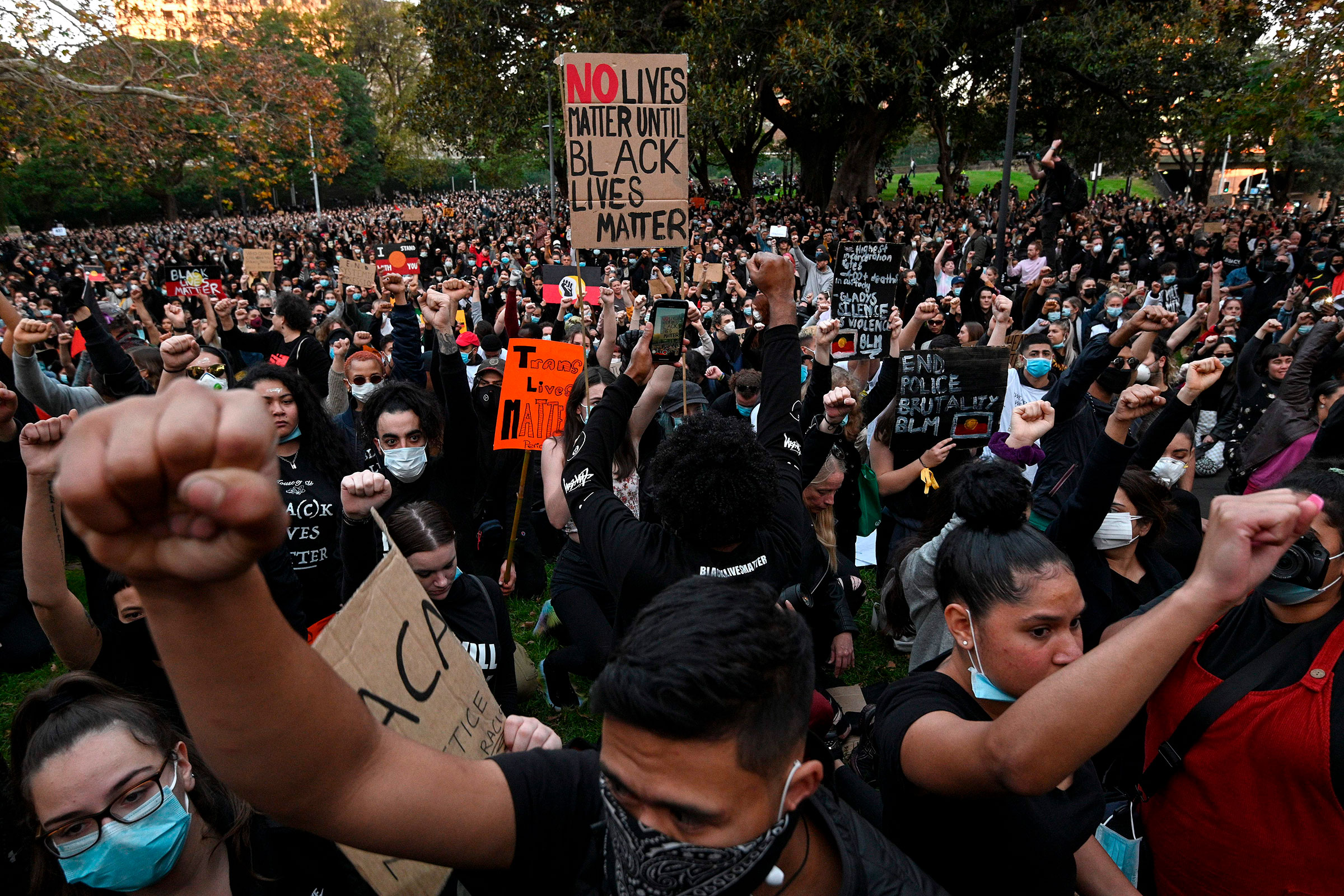
The video of Derek Chauvin’s kneeling on George Floyd’s neck traveled from a Minneapolis street to every corner of the world. Black activists in the U.K. spoke of their visceral reactions to the footage, while Floyd’s dying words, “I can’t breathe,” brought back painful memories in France and Australia of Black and Aboriginal people killed while in police custody. The video transcended borders on social media too, sparking solidarity protests in more than 50 nations, from Germany to Thailand, Argentina to Turkey.
Despite COVID-19 restrictions in many countries, hundreds of thousands of protesters turned out in solidarity and to show that racial injustice was not just an American problem. Many voiced frustrations at specific racist and colonial legacies. Statues of slave traders and imperialists became flash points across Europe, while #PapuanLivesMatter trended, highlighting discrimination against natives of West Papua and stirring calls for independence from Indonesia.
But as suddenly as it came, the global summer of Black Lives Matter (BLM) was building over time. Grassroots activists had been pushing for change for years, building movements for racial justice that inspired not only social awakenings but also concrete legislative change, corporate involvement and, inevitably, reactionary backlash. Here, how eight movements for equity took shape over the past year and where they aim to go next.
Australia
Australia had some of the largest protests outside the U.S. after George Floyd’s murder. Tens of thousands of people took to the streets in cities across the country during June. Alongside Black Lives Matter signs, protesters carried placards with the names of some of the 476 Aboriginal and Torres Strait Islander people who, according to the Guardian, have died in police custody since 1991. A disproportionate number of the continent’s Indigenous people reside in its prisons: they accounted for 29% of Australia’s inmates in June 2020, despite being only 3% of the population.
The wave of demonstrations had some impact. New South Wales, the Australian state that’s home to Sydney, launched a parliamentary inquiry into how deaths in custody are investigated, and the state of South Australia made it mandatory for police to notify the state’s Aboriginal Legal Service whenever an Aboriginal person is taken into custody. In late July, the federal government also announced a target of moving 15% of Indigenous adults out of prison by 2031.
But the problem persists. At least seven Aboriginal people have died in custody since the beginning of March, prompting one Australian senator to call the situation a “national crisis.” —Amy Gunia
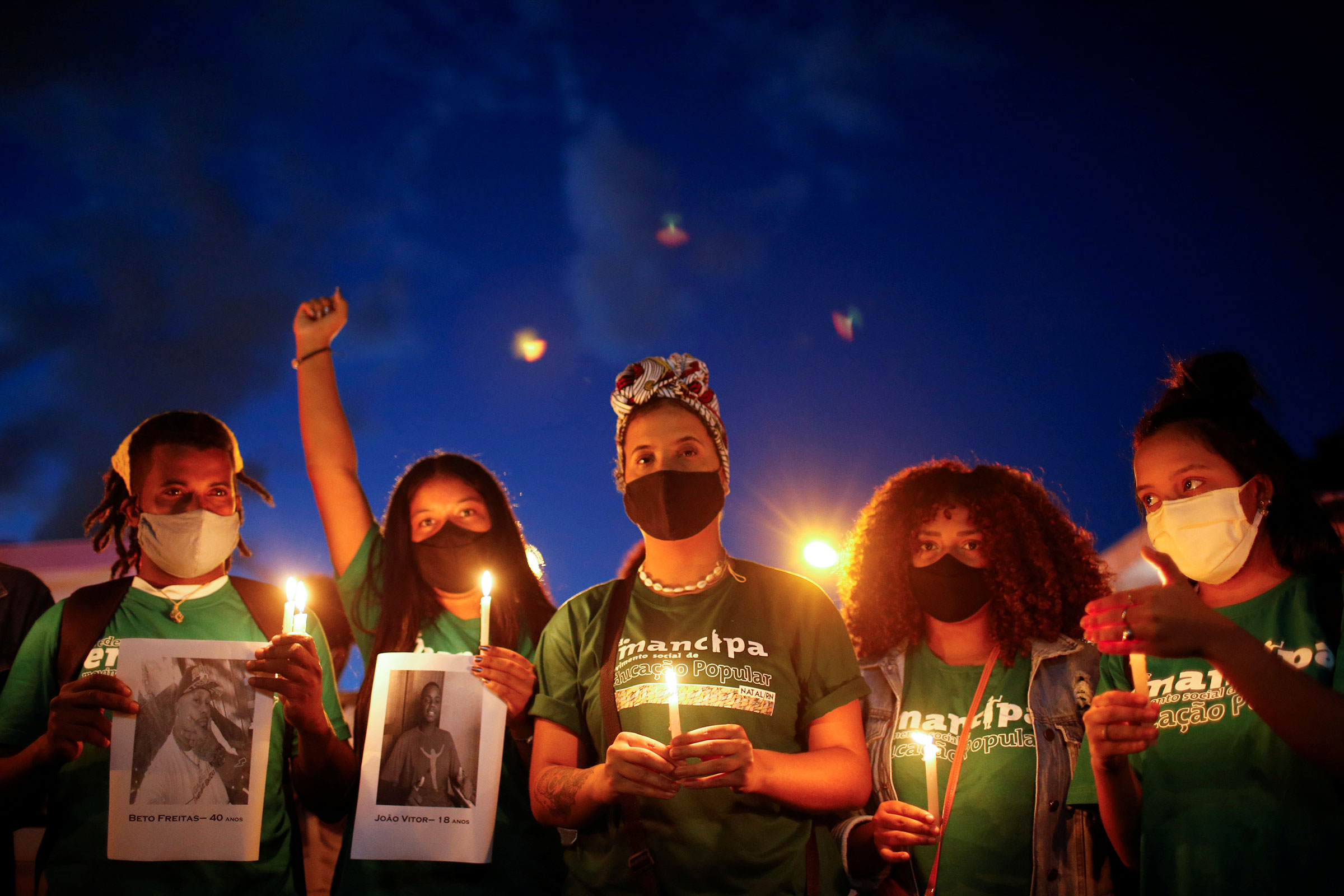
Brazil
News of George Floyd’s murder reached a Brazil already deep in crisis over racial justice following the 2018 election of President Jair Bolsonaro. The far-right leader has compared Black people—who make up 56% of the country’s population—to cattle, celebrated police brutality in mostly Black favelas and tried to strip Indigenous communities of protections. Meanwhile COVID-19’s onslaught in Brazil, one of the worst-hit countries in the world, has killed Black people and wiped out their jobs at higher rates than for white people.
Black Brazilians’ protests brought unprecedented attention from the mostly white media to systemic racism in Brazil. In late 2020, several major companies introduced Black-only hiring programs. In November’s local elections, Black candidates outnumbered white ones for the first time.
Read More: How Black Brazilians Are Looking to a Slavery-Era Form of Resistance to Fight Racial Injustice Today
Still, despite those changes, the path forward for antiracism advocates is rocky. In April 2020, local media unearthed a video lesson published by Rio de Janeiro’s state education body that claimed it was “unacceptable” to discuss racism in Brazil, arguing that high rates of interracial relationships made the term irrelevant. The President voiced the same sentiment in November, when protests broke out over the fatal beating of João Alberto Silveira Freitas, a Black father of four, by grocery-store security guards in the city of Porto Alegre.
In the face of public denial, Black activist networks have become more active than ever, organizing to feed families struggling during the pandemic, overhaul the education system and protect neighborhoods from police violence. —Ciara Nugent
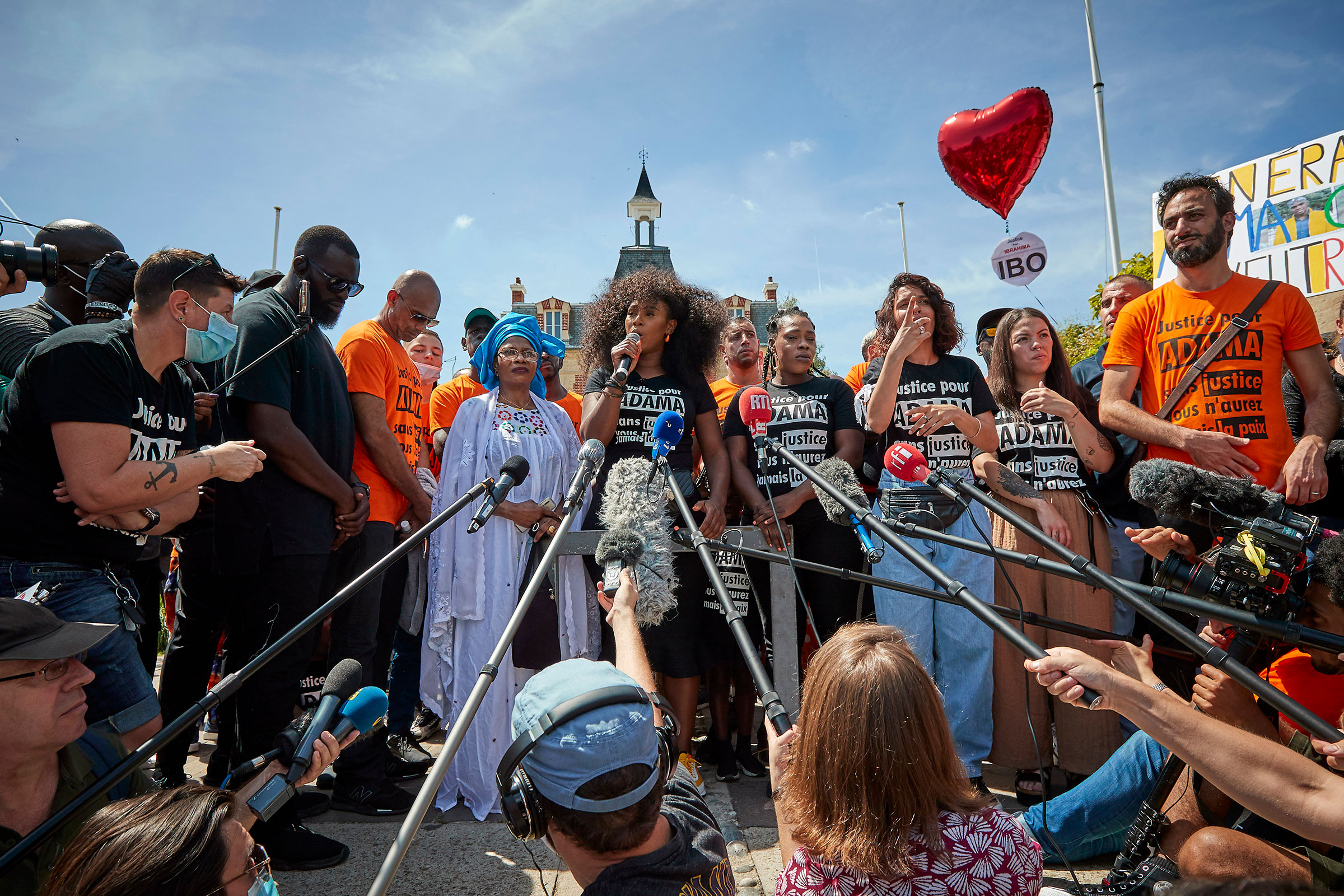
France
In July 2016, 24-year-old Adama Traoré was out walking, looking forward to celebrating his birthday later in the evening, when police apprehended him. Traoré, who was Malian-French, later died in police custody; his last words were reportedly “I can’t breathe,” the same as George Floyd’s final words. Protests erupted in Paris after Traoré’s death—and resurged last year when Floyd’s murder drew renewed attention to police violence around the same time that an independent autopsy commissioned by Traoré’s family ruled that Adama died of asphyxiation after being restrained.
Activists say Adama’s case is part of a long history of police brutality in France, where young Arab and Black men are 20 times as likely as white men to be stopped by law enforcement. In early June, tens of thousands of people defied coronavirus restrictions to protest in cities across France—with Adama’s sister, Assa, at the forefront of marches in Paris. As public outcry grew, France announced a ban on choke-hold arrest tactics on June 8.
Even after the protests, similar police behavior has continued; in November, a video emerged of three white police officers beating Black music producer Michel Zecler at his Paris studio. Mass protests and outrage ensued, particularly in response to proposed legislation that sought to criminalize those who distribute imagery of police officers in action.
“The Adama generation is on the street to speak out against police brutality, racial discrimination,” Assa Traoré told TIME late last year. Parliament approved an adapted version of that security bill, which extends police powers, in April, despite the outcry. —Suyin Haynes
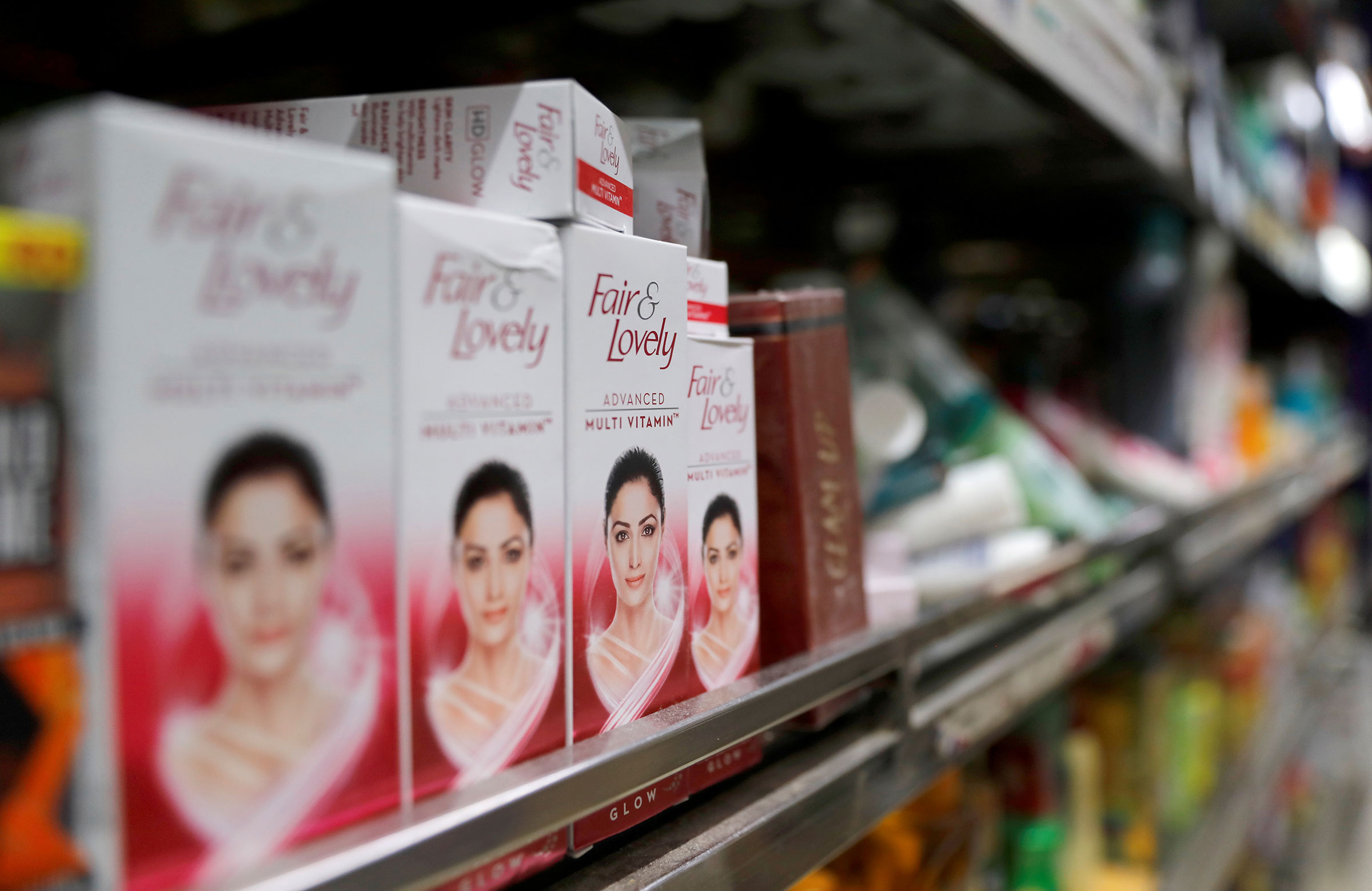
India
The Black Lives Matter movement prompted a reckoning in India over colorism, discrimination against those with darker skin tones, which has deep roots in India’s caste system and colonial history. Last summer, after Priyanka Chopra joined Indian stars in voicing support for BLM, social media users pointed out she and many others had promoted whitening cosmetics. (Chopra had previously said she regrets endorsing these products early in her career.)
For years, activists had been speaking up about colorism in Indian culture—from Bollywood’s promotion of light-skinned actors to the global multibillion-dollar skin-whitening industry. In 2009, an Indian nonprofit started the “Dark Is Beautiful” campaign, endorsed by Bollywood actor Nandita Das, to raise awareness about color bias in schools and in the media.
The outcry of 2020 prompted some changes. The matchmaking service Shaadi.com stopped letting users sort by skin tone. But the road is long. While popular skin-lightening product Fair & Lovely changed its name to Glow & Lovely, the product’s formula remained the same. —Simmone Shah
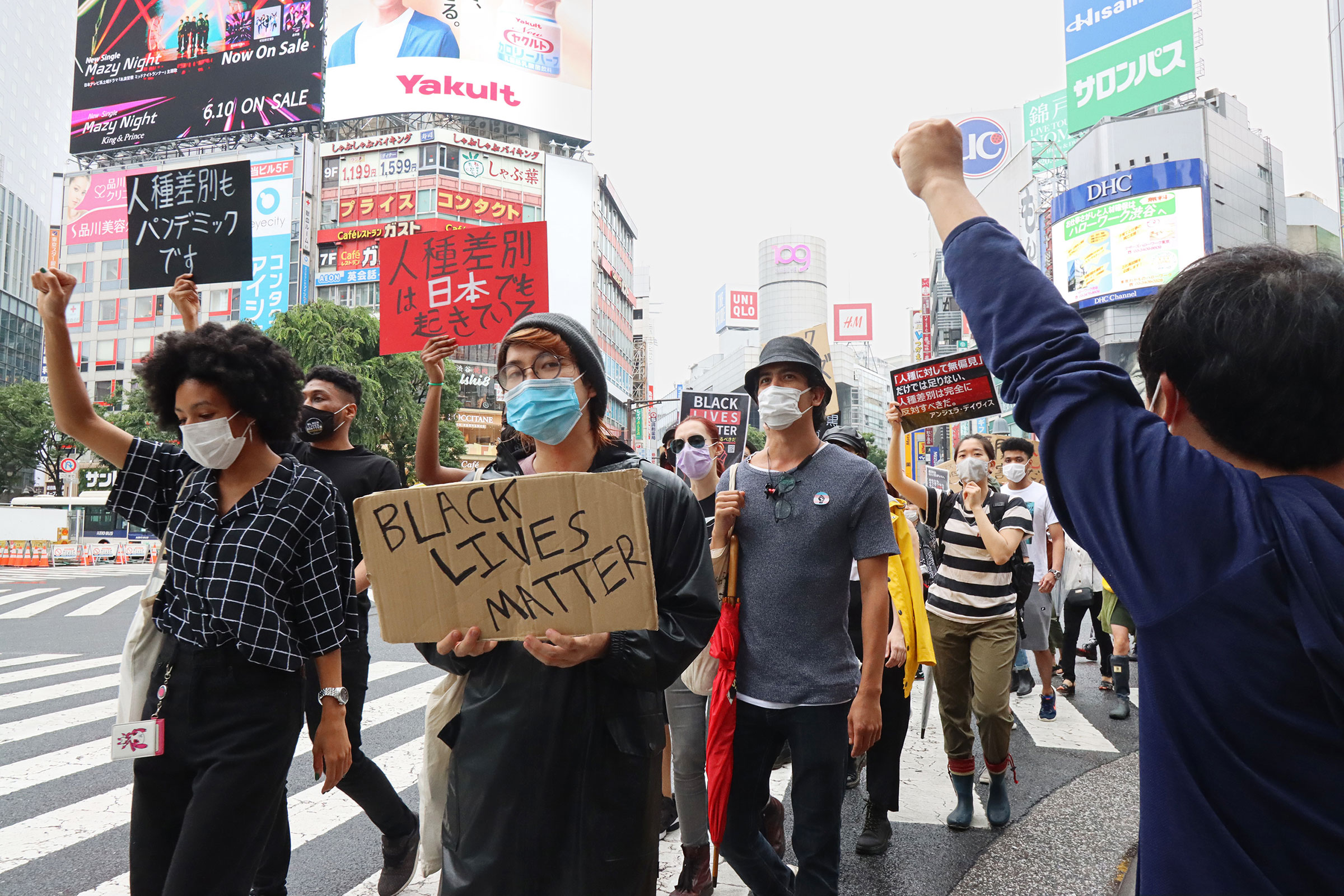
Japan
Black Lives Matter marches held across Japan in June 2020 were both a gesture of solidarity with protesters in the U.S. and a call to confront racism at home. Much of the discussion in Japan has centered on discrimination toward biracial individuals, following multiple high-profile incidents of prejudice. In 2019, a Japanese comedy duo said tennis icon Naomi Osaka—who was born to a Haitian father and a Japanese mother—“needed some bleach.” And that wasn’t the first such incident: Ariana Miyamoto, whose father is African American and mother is Japanese, faced criticism after being crowned Miss Universe Japan in 2015. In a country that is largely ethnically homogenous, these incidents have prompted calls for recognizing the Japaneseness of biracial people. —Kat Moon
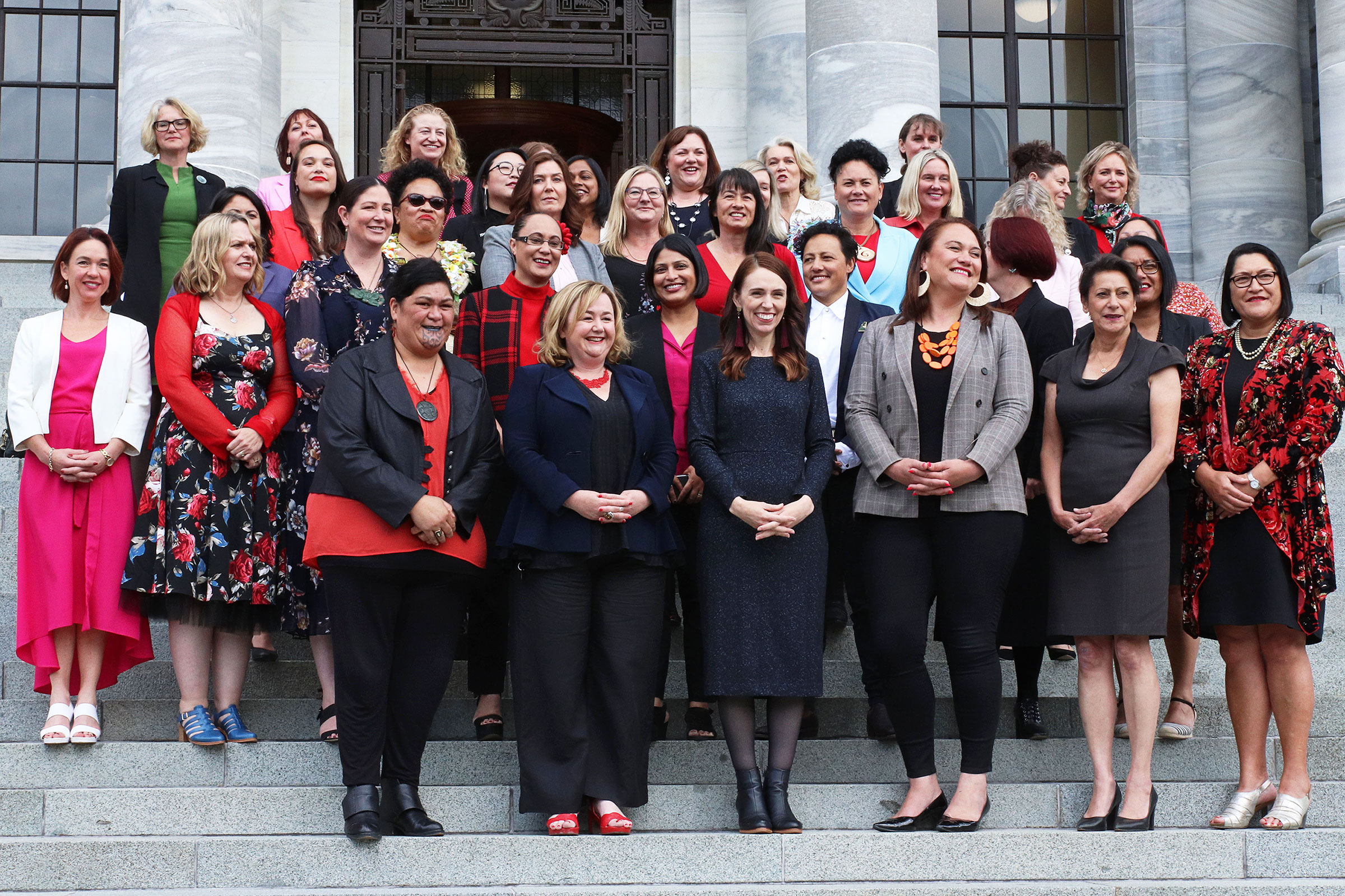
New Zealand
Elections in New Zealand in October 2020 brought to power one of the world’s most diverse governments. The first parliamentarians of African, Latin American and Sri Lankan heritage were voted in; almost half of the seats went to women; more than 10% of lawmakers identify as LGBTQ. Prime Minister Jacinda Ardern’s Cabinet picks were no less diverse, including the country’s first Indigenous female Foreign Minister and first openly gay Deputy Prime Minister.
Representation for Maori people is also high. New Zealand’s original inhabitants, who make up some 17% of the population, now hold around 20% of parliament’s 120 seats and 25% of Cabinet positions. Among the new parliamentarians are two members of the Maori Party, which made a comeback after being ousted in 2017.
Read More: In New Zealand, ‘Hello’ Has Become ‘Kia Ora.’ Will That Save the Māori Language?
But despite representation at the highest levels of government, Maori people face worse outcomes than non-Maori people in many areas. The Maori unemployment rate is more than double the national rate, and they are more likely to be homeless. Their life expectancy is about seven years shorter, and they are more than twice as likely to die from assault and homicide.
Now, the Maori Party has promised to be an unapologetic voice for Indigenous New Zealanders. “You know what it feels like to have a pebble in your shoe?” the party’s co-leader Rawiri Waititi said in December, in his first speech in parliament. “That will be my job here.” —A.G.
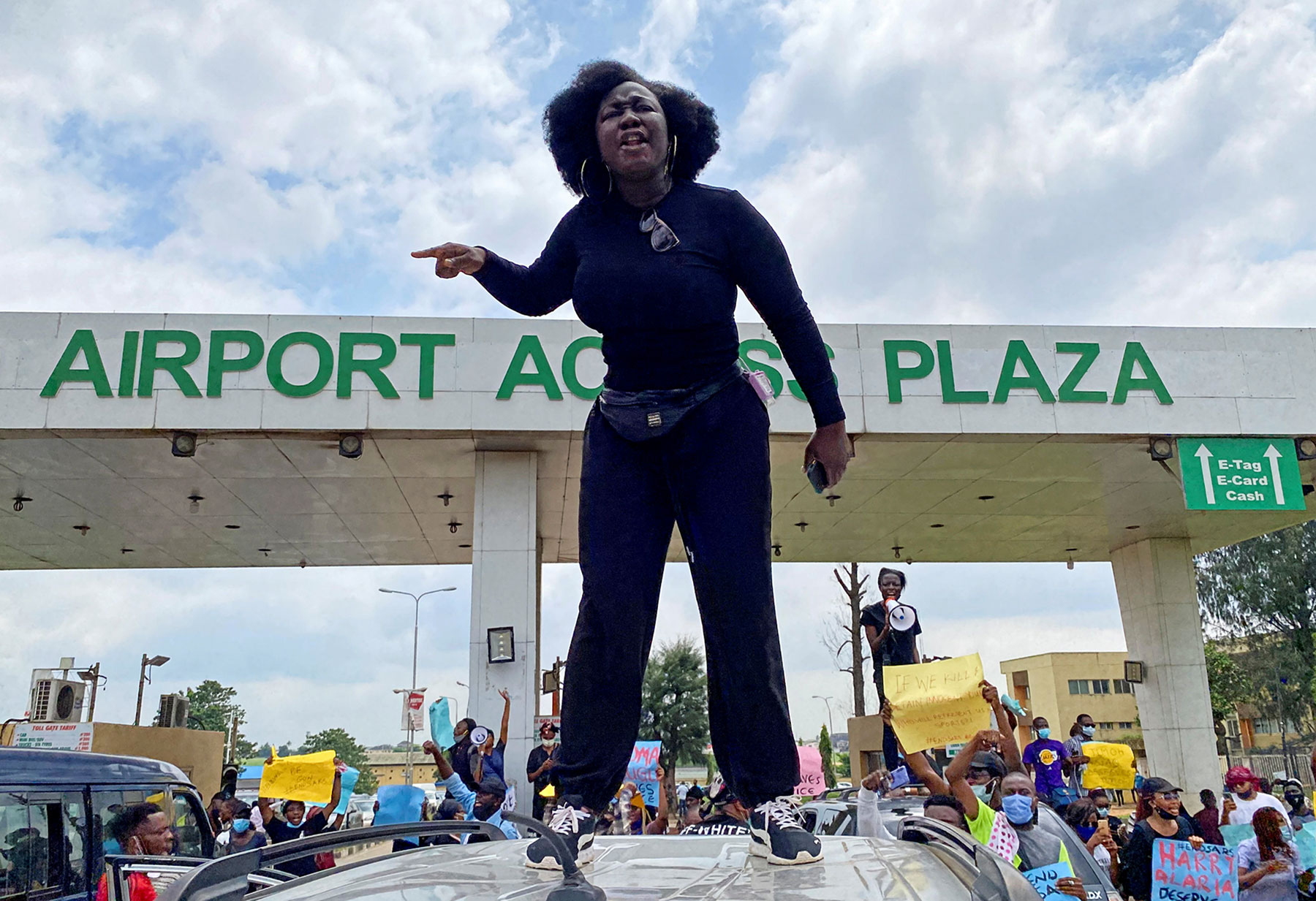
Nigeria
After a video emerged in October that appeared to show officers from Nigeria’s Special Anti-Robbery Squad (SARS) killing a young man, protests erupted, led by young Nigerians who were angry with their government for ignoring corruption and extrajudicial killings. (Police initially denied responsibility.) The outcry went global when the military shot peaceful #endSARS demonstrators on Oct. 20, sending shock waves through the Nigerian diaspora. BLM co-founder Opal Tometi organized an open letter demanding justice for protesters who had reminded the world that Black Lives Matter, everywhere. —S.H.
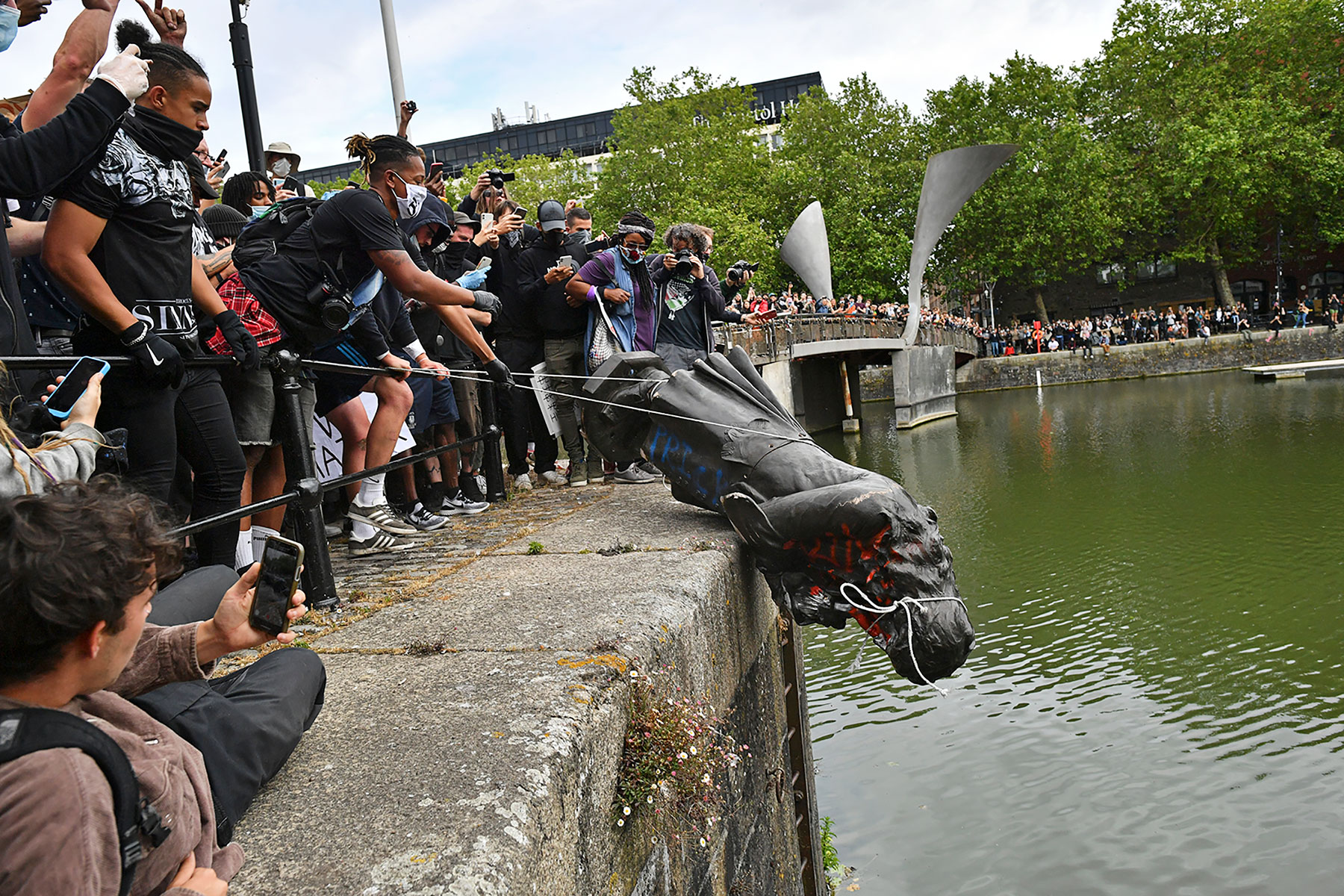
United Kingdom
In June, Black Lives Matter protesters in the U.K. drew worldwide attention when they tore down a statue of 17th century slave trader Edward Colston and threw it into the harbor of Bristol in southwest England. But long before June, campaigners, activists and historians were interrogating the U.K.’s imperial past, and its deep implications for the present.
A widely condemned government-commissioned report in March claimed that U.K. society was “no longer” rigged against people from ethnic minorities and “should be regarded as a model for other white-majority countries.” (U.N. experts called the report an “attempt to normalize white supremacy.”) Official studies show racial disparities across the board.
Police data suggest that Black people are nine times as likely as white people to be stopped and searched by police in England and Wales, and according to the Equality and Human Rights Commission, unemployment rates are significantly higher among ethnic minorities than white people. Campaigners have also called for an independent public inquiry into the handling of the pandemic and its disproportionate impact on Black, Asian and minority ethnic groups, who faced up to 50% higher risk of death from COVID-19 when compared with white Brits.
Anti-Asian hate and discrimination has also soared during the pandemic, with U.K. police data suggesting a threefold increase in hate crimes toward East and Southeast Asians in the first quarter of 2020 compared with the same period in 2018 and 2019.
Activists are pushing for changes including shifting school curriculums to include the history of the British Empire, returning museum objects looted from former colonies and exploring the links between British stately homes and slavery. Despite backlash from conservative politicians and right-wing media, a re-examination of Britain’s racist past and present is finally getting under way. —S.H.
More Must-Reads from TIME
- L.A. Fires Show Reality of 1.5°C of Warming
- Home Losses From L.A. Fires Hasten ‘An Uninsurable Future’
- The Women Refusing to Participate in Trump’s Economy
- Bad Bunny On Heartbreak and New Album
- How to Dress Warmly for Cold Weather
- We’re Lucky to Have Been Alive in the Age of David Lynch
- The Motivational Trick That Makes You Exercise Harder
- Column: No One Won The War in Gaza
Write to Amy Gunia at [email protected], Ciara Nugent at [email protected] and Simmone Shah at [email protected]